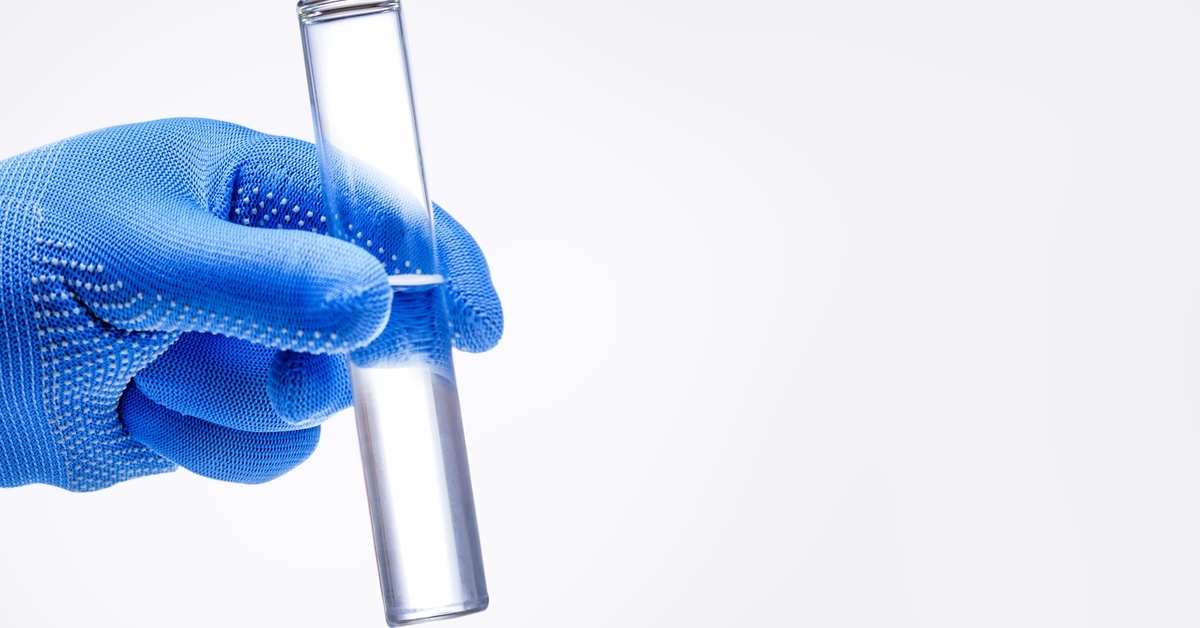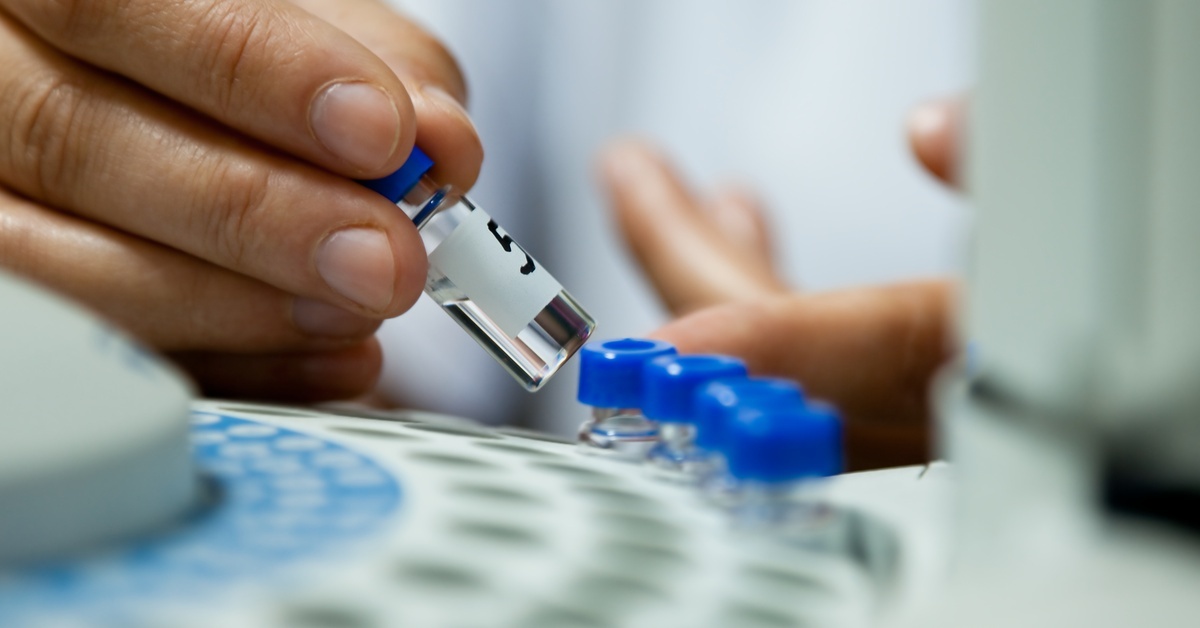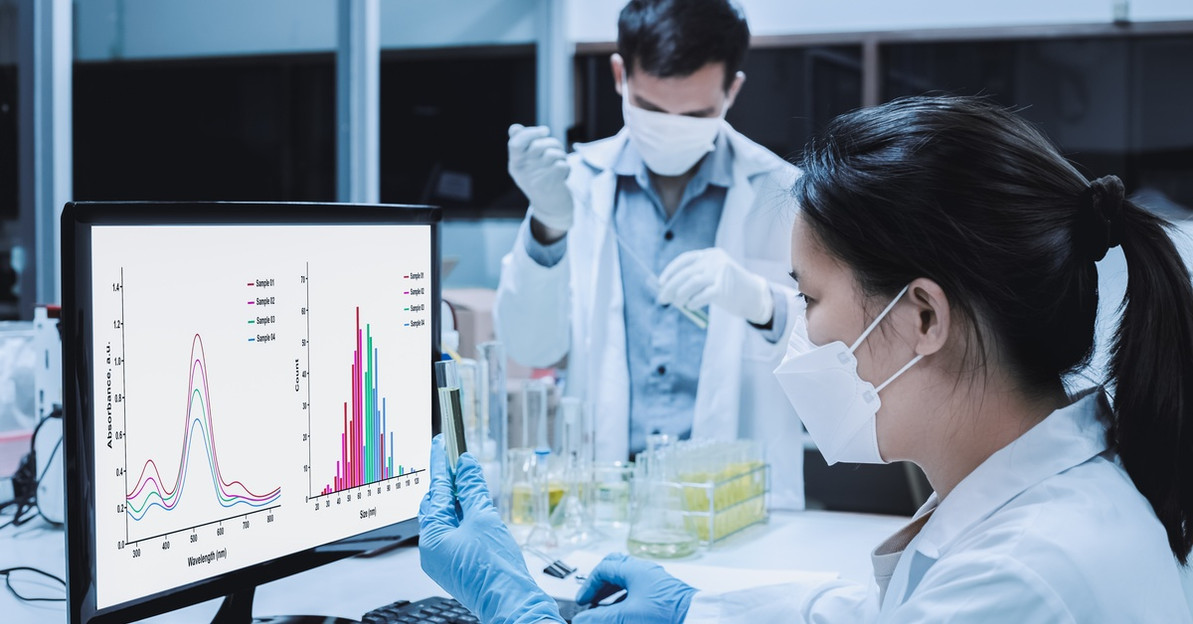How HPLC Water Ensures Precise Lab Results
High-performance liquid chromatography (HPLC) is an analytical technique used across multiple industries, including pharmaceuticals, environmental testing, and food safety. The accuracy and reliability of HPLC results depend heavily on the quality of the reagents and materials used.
Laboratories worldwide rely on this specially prepared water for its consistency and ability to minimize errors in chromatographic analyses. Poor-quality water or impure solvents can lead to inaccurate results, contamination, and costly repeated experiments. Understanding the purpose and importance of HPLC water in precise lab results is essential for scientists and technicians to optimize their processes and maintain the highest analytical standards.
What Is HPLC Water?
HPLC water goes through a purification treatment to remove contaminations that could interfere with HPLC processes. These impurities might include ions, organic compounds, particulates, and microorganisms. Manufacturers typically label purified water as “HPLC-grade” to signify its suitability for highly sensitive laboratory analyses.
Key Properties of HPLC Water
HPLC water must meet certain specific criteria for chromatographic purposes. Below are some of the fundamental properties:
- Low impurity levels: HPLC water should not contain dissolved organic compounds, ions, and particulates.
- High resistivity: This trait denotes a water sample with minimal conductive contaminants created through deionization or advanced filtering techniques.
- Neutral pH: A neutral pH ensures no interference or reaction with the analytes under study.
- UV transparency: This degree of transparency is necessary for UV detection methods, where impurities could interfere with absorption alerts.
These HPLC water properties ensure system reliability, reduced downtime, and analytical accuracy.
Why Purity Matters in HPLC Water

The purity of HPLC water determines accurate, reliable, and reproducible results in chromatographic analysis. Contaminants make it difficult to discern analyte signals clearly, while interactions with the stationary phase or target analytes can cause retention time shifts, compromising the precision of compound identification.
Impurities can introduce ghost peaks, which are non-analyte-related signals that skew the interpretation of chromatograms by creating false positives or obscuring relevant peaks. By using ultra-pure HPLC water, researchers can eliminate the risks associated with these issues, achieving accurate and reproducible results for critical scientific conclusions.
HPLC Water vs. Regular Laboratory Water
HPLC water undergoes advanced purification processes such as UV oxidation, reverse osmosis, and ion exchange, resulting in exceptionally low levels of contaminants and impurities. This rigorous purification ensures HPLC-grade water meets stringent quality control requirements with certifications to guarantee compatibility with sensitive analytical instruments and high-precision testing.
Regular laboratory water is suitable for routine tasks like preparing buffers or rinsing equipment but lacks the stringent purity levels required for high-sensitivity applications. The investment in HPLC water minimizes the risk of interference or inaccuracies, providing a level of reliability that regular lab water cannot match.
Applications for HPLC Water in Modern Laboratories
Common applications for HPLC water include:
- Mobile phase preparation: Mixing HPLC water with solvents creates stable and reproducible mobile phases for chromatographic separations.
- Sample dilution: Using HPLC water for sample dilution dissolves or dilutes analytes without contamination.
- System flushing: This form of water is valuable for cleaning internal components of HPLC systems to prevent residual buildup.
- Reagent preparation: Scientists rely on HPLC water for accurate and pure mixing of chemicals used in analytical experiments.
Each application relies on the pristine nature of HPLC-grade water for consistent, error-free results.
The Role of HPLC Water in Different Industries
HPLC water within the pharmaceutical sector is indispensable for testing active ingredients and confirming the accuracy of drug formulations, which is vital in clinical trials and quality control. The food and beverage industry uses this highly purified water to analyze additives, nutritional content, and potential contaminants to safeguard consumer health and maintain regulatory compliance.
Environmental testing uses HPLC water to identify pollutants in soil, water, and air samples, supporting initiatives to monitor and protect ecosystems. The cosmetics and personal care industries depend on it when testing for allergens and toxins to maintain product safety.
Analytical Sensitivity

High-purity HPLC water enhances the sensitivity of analytical methods. Providing a stable and interference-free medium allows for accurately detecting even trace-level compounds in complex samples. This heightened precision is essential for applications in pharmaceuticals, environmental testing, and food safety industries, where detailed analysis can influence critical decisions. With a reliable chemical solvent, laboratories can push the boundaries of detection limits, capturing even the smallest details in their data.
Best Practices for Storing and Using HPLC Water
Always store HPLC water in clean, sealed containers to prevent contamination, and avoid using open vessels that may introduce impurities. Use freshly purified water instead of storing it for extended periods, as prolonged storage can promote microbial growth or contamination.
Minimizing the exposure of HPLC water to air or light helps reduce the risk of degradation and limits the absorption of airborne contaminants that could interfere with analyses. Regular monitoring and maintenance of your HPLC system ensures the consistent and reliable delivery of purified water.
How To Choose the Right HPLC Water
When selecting the ideal HPLC water, evaluate several critical factors for optimal performance and reproducibility in your experiments. For instance, look for detailed product specifications or certificates of analysis that confirm the water has undergone rigorous testing for total organic carbon (TOC), conductivity, and pH stability. Consider the packaging and storage conditions provided by the supplier, ensuring the water has the right protection from potential contamination before use.
Production Advancements
Modern automated purification systems have revolutionized the production process for better consistency and less variability in water quality. Real-time impurity monitoring enables the detection and removal of contaminants with exceptional accuracy, which is crucial for achieving reliable analytical results.
Enhanced packaging solutions, such as inert and tamper-proof materials, have improved the storage and handling of HPLC water, reducing the risk of contamination and extending shelf life. Sustainable practices in production, such as energy-efficient purification systems and recyclable packaging, align with global efforts to minimize environmental impact.
HPLC water ensures precise lab results, which are indispensable to the success of a chromatographic analysis. Its unmatched purity, reliability, and performance contribute to accurate and reproducible results across industries. By understanding its properties and applications and following best practices, researchers can maintain the integrity of their workflows while maximizing operational efficiency.
Investment in high-quality HPLC water is a small price to pay for the confidence and consistency it brings to critical analytical processes. Choosing the right water for your lab ensures the reliability of results and strengthens the foundation of data-driven decisions.
Recent Posts
-
The Role of Desiccants in Protecting Hygroscopic Chemicals
Hygroscopic chemicals readily absorb moisture from the surrounding environment, leading to compromis …May 19th 2025 -
All About Pairing Containers With Corrosive Substances
Handling corrosive substances is critical in many industries, including manufacturing, pharmaceutica …May 12th 2025 -
Why Solvent Purity Is Crucial in the World of Chemistry
When producing accurate and reliable results in chemistry, solvent purity is non-negotiable. Many se …May 11th 2025




